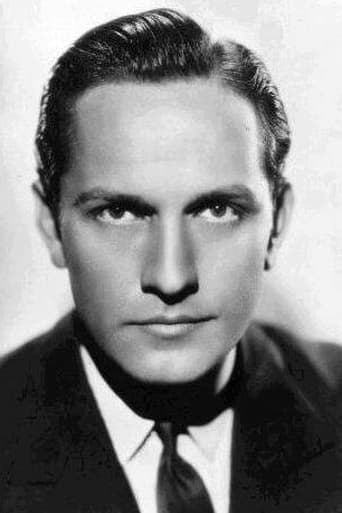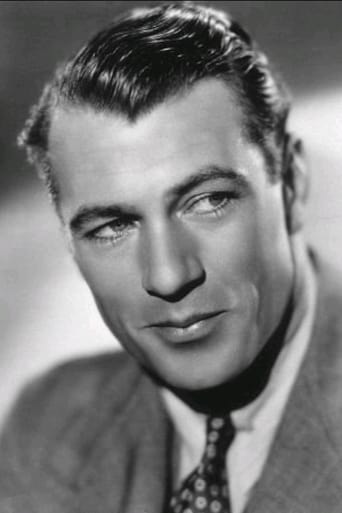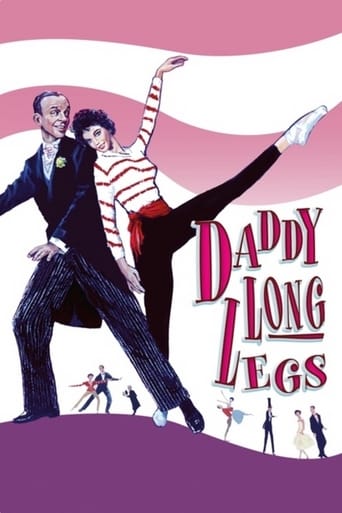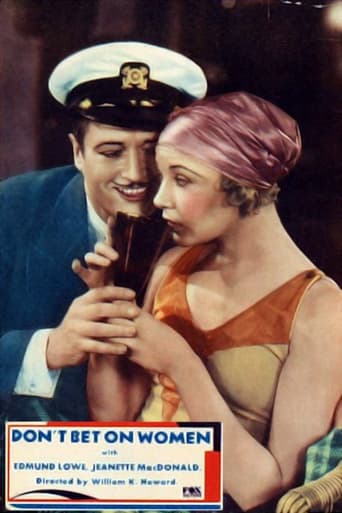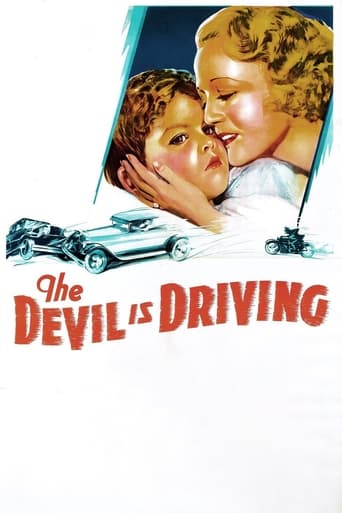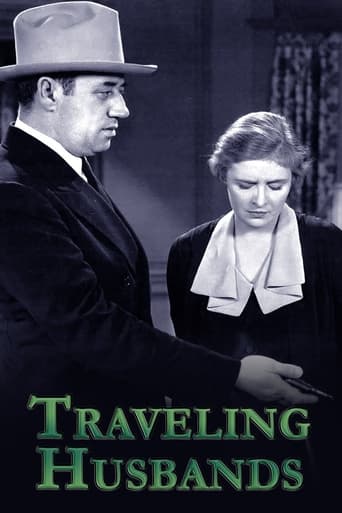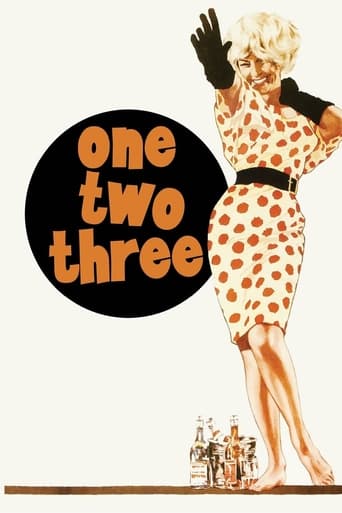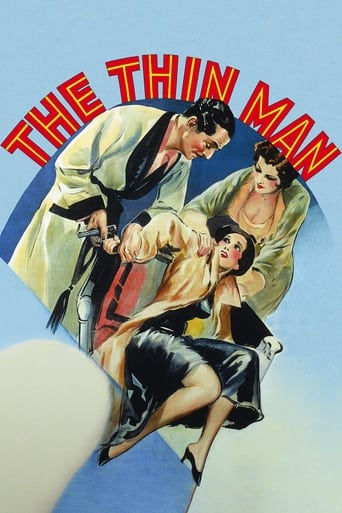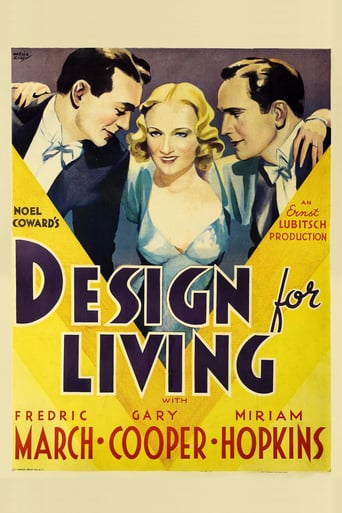
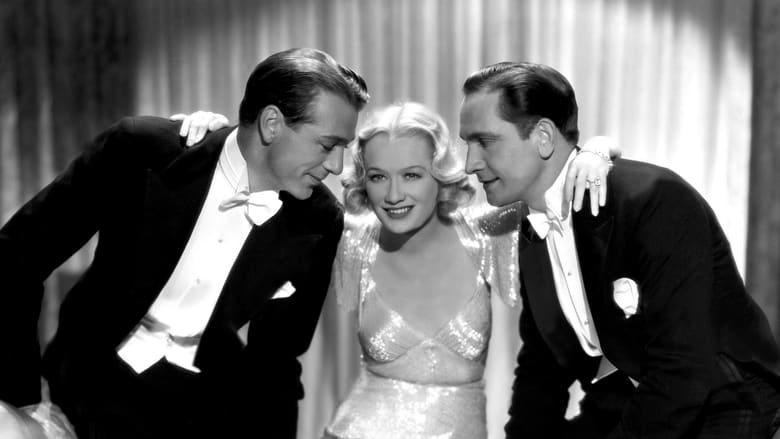
Design for Living (2013)
An independent woman can't choose between the two men she loves.
Watch Trailer
Cast
Similar titles
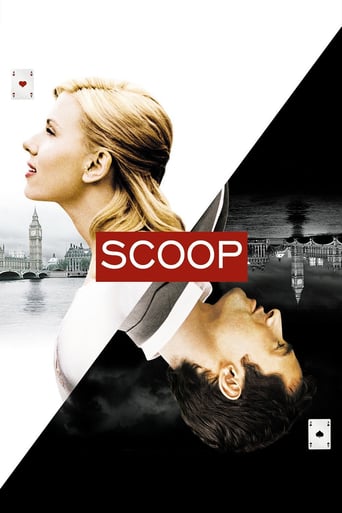
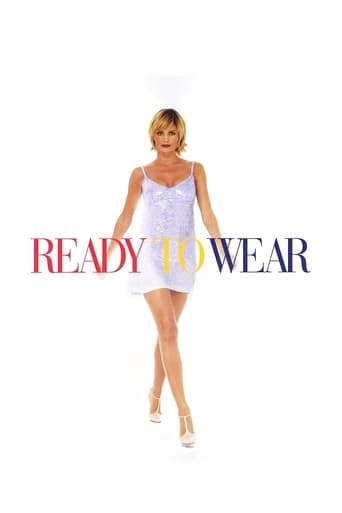
Reviews
I think this is a new genre that they're all sort of working their way through it and haven't got all the kinks worked out yet but it's a genre that works for me.
People are voting emotionally.
As Good As It Gets
It's the kind of movie you'll want to see a second time with someone who hasn't seen it yet, to remember what it was like to watch it for the first time.
While traveling through France, the playwright Thomas B. 'Tom' Chambers (Fredric March) and his best friend, the painter George Curtis (Gary Cooper) meet Gilda Farrell (Miriam Hopkins) and they fall in love with her. Gilda is "protected" by the wealthy Max Plunkett (Edward Everett Horton) and Tom and George are losers, but she cannot decide between them who could be her boyfriend. So she proposes a gentleman's agreement where they would be friends without having sex. She decides to criticize their works and they become successful. But will their platonic relationship work?"Design for Living" is a movie with a female character ahead of time. Actually the sexy story is a Pre-Code Hollywood that became effective 01 July 1934. The plot has sexual freedom, adultery and even a possible threesome but is naive in the present days. There are many funny situations and this movie is a delightful entertaining. My vote is seven.Title (Brazil) "Sócios no Amor" ("Partners in Love")
Although the so-called "Lubitsch touch" is evident every now and again (e.g. when Cooper moves a chair, he inadvertently discloses all the rubbish underneath it; March listening and reacting to his play being performed off-camera; Cooper breaking furniture off-camera), this is a disappointing movie. It suffers from excessive talk. Admittedly, some of it is witty, some of it is amusingly brittle, but a great deal of it is just plain dull. Cooper is miscast, and that doesn't help either. He does his best, but at this stage of his career, he not only lacks the forceful personality called for in the script, but tends to deliver his lines too slowly. March, however, is perfect. And so is Miriam Hopkins, who is often quite stunningly costumed. In fact, as might be expected, production values are first class: Beautiful photography, a great music score, clever sound effects.
Lubitsch is usually very hit-and-miss for me, polarizingly so. His adaptation of "Design for Living" (1933), however, falls somewhere in between: it doesn't provoke much of a reaction. There are moments of which the whole of "Trouble in Paradise" (1932) is made of, moments of comic and cinematic brilliance, and there are tepid moments of sluggishness where the playfulness turns against itself. "To Be or Not to Be" (1942) feels much like that, but if it's to your liking, that should be recommendation enough to see this.The best moments occur towards the beginning, and for me the film just doesn't exude the kind of easy-going splendor I find in "Trouble in Paradise". So much so that at times the film feels even gaumless (lacking not in wit but in vitality). The beginning in the train is brilliant, however, and would make my "train scene" list beside "City Girl" (1930) and "Zéro de conduite" (1933).Much like in "Ruggles of Red Gap" (1935), the one piece without which the structure would fall can be found in the sidelines. Edward Everett Horton's Plunkett is an altogether wonderful character, the one whom I recall with most fondness.
So many people at their peaks produced this classic - Lubitsch, Hecht, March, Cooper, Hopkins, Horton and Paramount, getting it past the Hays Office just before its peak. Personally I regard Lubitsch's Trouble In Paradise from the year before as one of the best films ever made, but this is certainly one of his best pieces of work too.Miriam Hopkins meets fellow Americans Gary Cooper and Frederic March on board a French train, and after an odd beginning their relationship develops into love. She loves the pair of them and they both love her, but whilst plenty of gaiety was displayed by all three there was no gayness between Cooper and March. I don't know if Noel Coward approved. The three agree to a gentlemen's agreement of No Sex, which is maintained, broken and for the benefit of the Hays Office re-established in the orgasmic climax in the taxi which re-visits the orgasmic climax in the taxi of Trouble In Paradise. There's no music in the film itself – but for the occasional dead section where people are going up stairs or dropping theatrically onto sofas for instance you could just supply some of the background music from Trouble In Paradise from your head. The actors are all delightful in their roles, especially Miriam Hopkins playing the blonde who decides not to decide. It's a charming albeit pretty frank theme expertly handled by Lubitsch, slyly toying with his audience as usual, though I suppose if he could come back today and re-make it that any charm would be lost in graphic scenes of sex and violence – back then it was discipline that was required instead.What does it all mean – Three is the Magic Number! It also means this is a beautiful film, sure with a few minor faults mainly associated with a few stodgy stagey scenes, but well worth the watch at least for being out of the ordinary.
